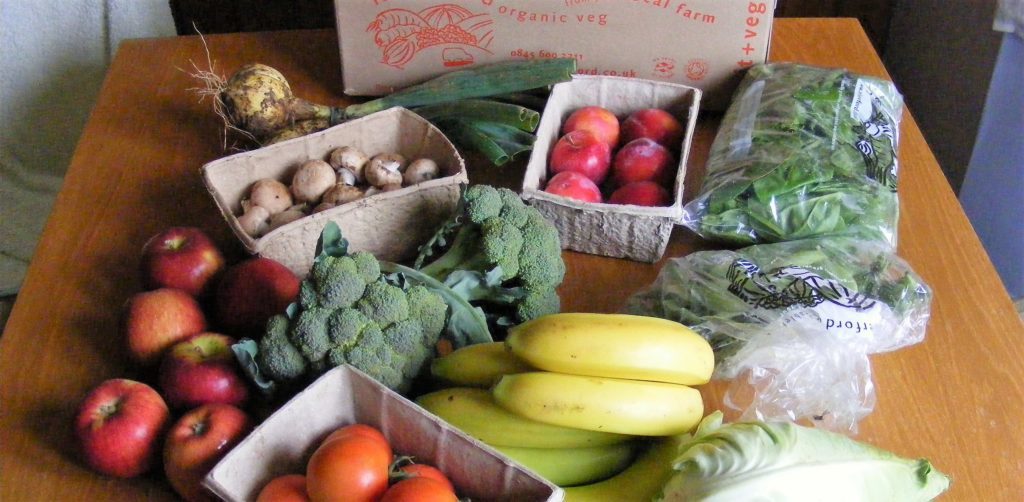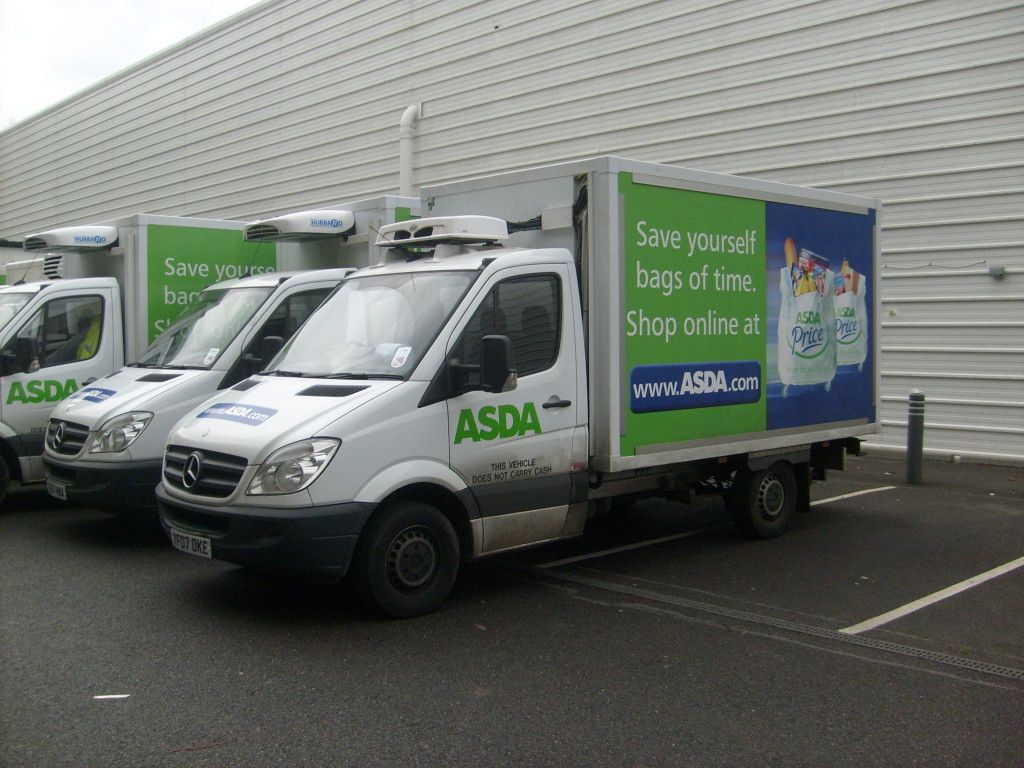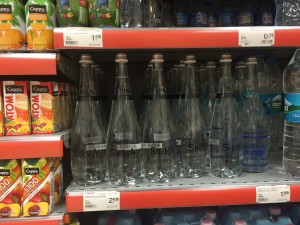A study by Engage Management Consultants has revealed new trends in buying behaviour. These will almost certainly have an impact on the future performance of brands in the UK. The study which looks at behavioural trends of shoppers worldwide suggests that the one-stop shopping may be in long-term decline. One stop shopping has been the dominant driver of the growth of supermarkets worldwide. This could well mean bad news for brands in the UK market.
The one-stop shop
Since the foundation of the first supermarkets in the 1920s and 30s, the almost inexorable rise of the one-stop shop has been the dominant trend in buying behaviour. In the last 60 years, shoppers’ desire to buy everything under one roof has given rise to huge retail conglomerates such as WalMart and Tesco. However, data uncovered by Engage indicates that our love affair with this long-standing format may well be coming to an end.
Globally, footfall in supermarkets and hypermarkets is in decline and innovative new ways of shopping are emerging.
A whole new world of buying behaviour
In many developed economies, the rise in relative incomes has meant that grocery shopping is no longer as important a part of the household budget as it once used to be. For a long time shoppers have complained that grocery shopping is, at best, a necessary evil and, at worst, down-right boring. It’s no surprise, therefore, that, as new ways of buying emerge, shoppers will continually seek improved ways to fill their store cupboards.
Perhaps the most visible changes are in the emergence of online channels. But this space, once considered to be the sole purview of Amazon and online grocery stores, has rapidly developed into a vast array of shopping opportunities. We’ve discussed in the past link the emergence of and of hyper-specialist sites dedicated to single categories. However, in the last two years, we’ve seen an explosion of investment in recipe box operators like Gousto and Hello Fresh as well as the exploitation of IOT (internet of things) opportunities in the form of Alexa and Amazon Dash.
But it’s not just online developments that are changing buying behaviour: Discounters have exploded globally and re-positioned themselves as highly credible alternatives to supermarkets. Further, our love of convenience has led to the global expansion of these types of stores. Other new formats continue to emerge, particularly as online brands move offline. All of this means that now no one single retail format can claim dominance of a shopper’s heart as supermarkets were once able to. This has profound implications for the one-stop shop
Fragmentation of the grocery basket
Overall this leads to one significant global trend – the fragmentation of the grocery basket. Whereas at one time the consumer goods industry might have assumed that the shopping basket was likely to be filled during one stop at a supermarket, it must now consider that the grocery basket is likely to be filled from multiple environments. Many of these spaces may be unfamiliar to brand owners or, worse, simply not conducive to brand sales at all.
It is here where the greatest source of threat to UK brand managers lies. Most UK brands depend on supermarkets and hypermarkets for up to 70% of their sales. The wide ranges displayed on supermarket shelves help brands to encourage shoppers to try new variants, tempt shoppers to sample new products and give marketers the opportunity to entice shoppers to switch brands.
Brands perform less well in discount stores which shun major brands in the main. They also struggle to break through in convenience stores where limited ranges lead to a focus on only the biggest of brand names. Online, many brands are battling to secure cut through. Whilst an infinite range might appear to be a panacea, few shoppers venture beyond a single page of products. Many shoppers rely on predefined shopping lists to drive their weekly shop. All in all, therefore, growth in these emerging retail environments does not necessarily lead to growth for the UK brands.
Engage’s study examines the possibility that for many brands this could lead to a major collapse in growth this year, in 2019 and beyond. The study also suggests that, on average, a brand in the UK could see market share decline by 5 percentage points in the coming years with smaller brands coming off much worse in the future.
Already many brands have cut growth forecasts for the UK over the next 5 years, with even some of the largest brand names planning on a decline. This has led to a reduction in brand budgets with many brand managers and insights teams finding their investment plans curtailed or cut altogether.
Industry leaders respond
The leading lights in the industry are rapidly taking proactive steps to mitigate risk and even prosper from the countless opportunities that this new environment presents. Many of the largest players are taking action to better understand the fast-evolving UK retail landscape, to reassess retail channel priorities as well as to redefine and crystallise future sources of brand growth.
This is leading to a concerted multi-functional effort across consumer marketing, customer marketing, and sales, as these combined teams collectively reconsider customer priorities, build more integrated brand and customer plans and determine a vision for the ‘store of the future’. Many of these leaders are taking the opportunity to assemble real and virtual customer-focused teams across all relevant commercial, financial, operational as well as human capital development functions. This with the aim of blending the best resources to deliver against cross-functional initiatives which will underpin future sustainable growth.
These businesses are well placed to weather the storm, however, they represent only a small minority of the UK’s branded manufacturers. Many of the others are struggling to identify where to start and how to engage cross-functionally to formulate a response.
Accessible solutions at hand
To support leaders and managers in the industry during these tempestuous times, Engage has partnered with a team of UK and Global industry experts in order to build a roadmap that describes the key actions that companies should be planning for the future as well as helping them to identify immediate opportunities to begin working together ever more closely as a team.
Both the roadmap and Engage’s findings are freely available to managers in the consumer goods sector. If you would like our experts to share these with you as well as taking the opportunity to discuss some of the specific issues that you face, then please don’t hesitate to contact me by emailing toby@engageconsultants.com today.
Â




 China’s huge online market shows the potential for shoppers in emerging markets to leapfrog traditional retail environments and jump straight in to online shopping. Why wait for your favorite brand to open a store near you, or for your uncle to travel to the States when you can get the product via your mobile?
China’s huge online market shows the potential for shoppers in emerging markets to leapfrog traditional retail environments and jump straight in to online shopping. Why wait for your favorite brand to open a store near you, or for your uncle to travel to the States when you can get the product via your mobile?